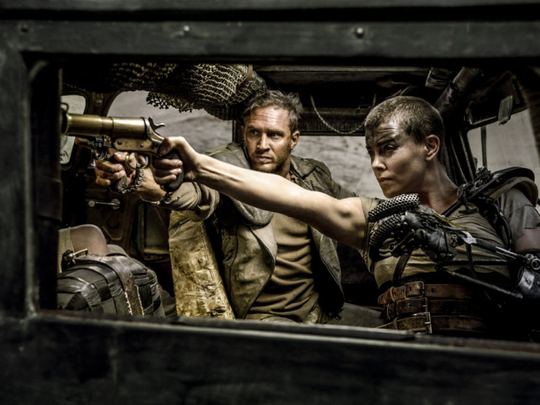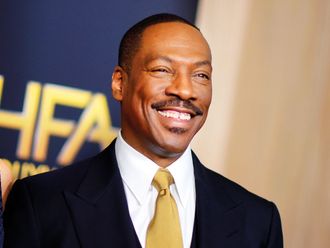
There was Amy Schumer as the hard-partying journalist in Trainwreck. Charlize Theron as the rebel warrior Imperator Furiosa in Mad Max: Fury Road. Daisy Ridley as the jedi-mind-tricking Rey in Star Wars: The Force Awakens.
Hollywood is casting more women with three-dimensional personalities in lead roles. White women, that is.
Actresses held 22 per cent of leads in last year’s 110 biggest box-office hits, a 6 per cent increase from 2014, according to a new report from the Centre for the Study of Women in Television and Film at San Diego State University.
It’s progress, the authors noted, but far from representative of the viewing population. Put another way, men held 78 per cent of lead roles.
Women also played 34 per cent of major characters — those who are featured, but aren’t leads — a 5 per cent boost compared to 2014. They were 33 per cent of speaking characters, a 3 per cent bump.
The data also revealed why, year after year, the roster of Oscar nominees look, well, monochromatic. Silver-screen diversity appeared to stagnate. The share of black women in major roles budged from 11 per cent in 2014 to 13 per cent in 2015. Latina actresses stayed at 4 per cent. Asian characters dropped from 4 per cent to 3 per cent.
Getting women into marquee roles is only half the struggle, the report said. Filmmakers tend to give male characters more depth.
While the professional status of men was more emphasised in movies, for example, the marital status of women received more creative attention. More men than women, meanwhile, were shown in work settings (64 per cent, compared with 44 per cent).
Last year, a report from the University of Southern California’s Media, Diversity and Social Change Initiative found that 30 per cent of all speaking characters in the 700 most popular films from 2007 to 2014 were women. That was one leading lady for every 2.2 leading men.
The women in the analysis were mostly young, white and straight. They were more likely than the men to don skimpy attire and play love interests.
At the time, Stacy Smith, who co-authored the study, said that women were not only underrepresented — they were misrepresented, setting bad examples for girls who want to become, say, economists. Especially girls of colour.
“It sends a message about who’s valued,” Smith said, “and who’s not.”
The good news, echoed in both reports: Women who make films tend to hire a lot more women. Movies with at least one female director or writer featured women in 40 per cent of all speaking roles, the San Diego State University report found. They starred in half of the films with female directors and writers, compared to a mere 13 per cent of exclusively male-created movies.












